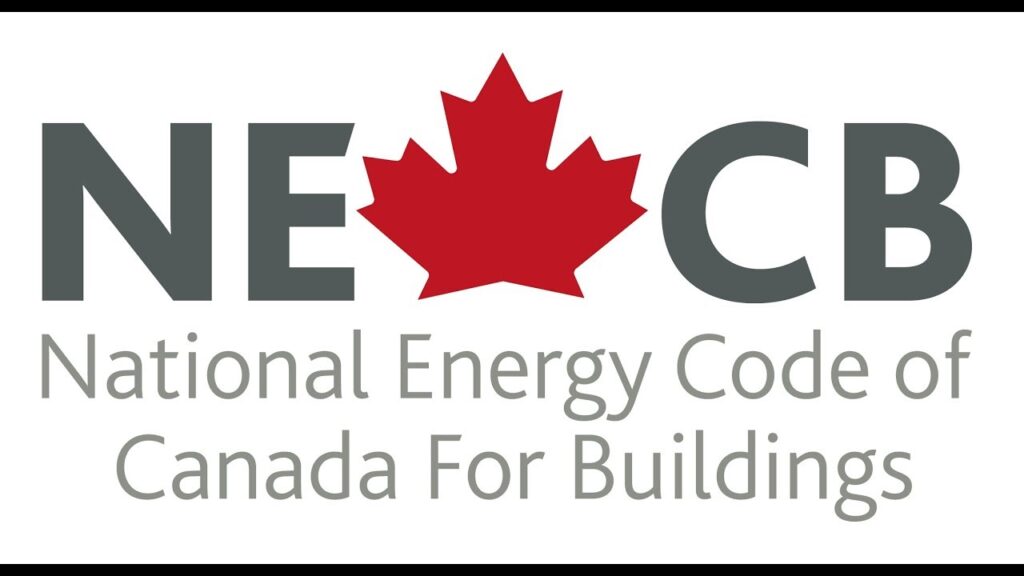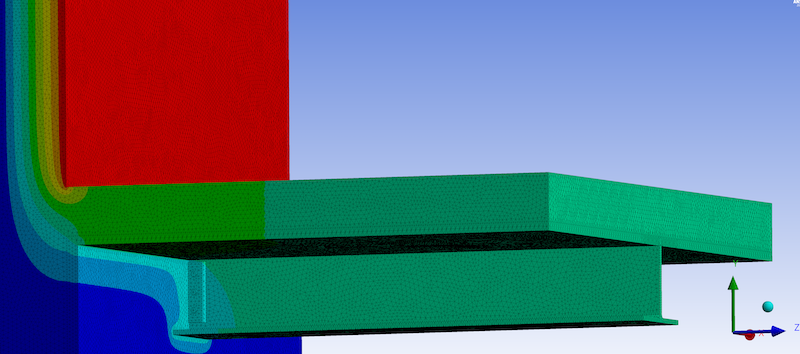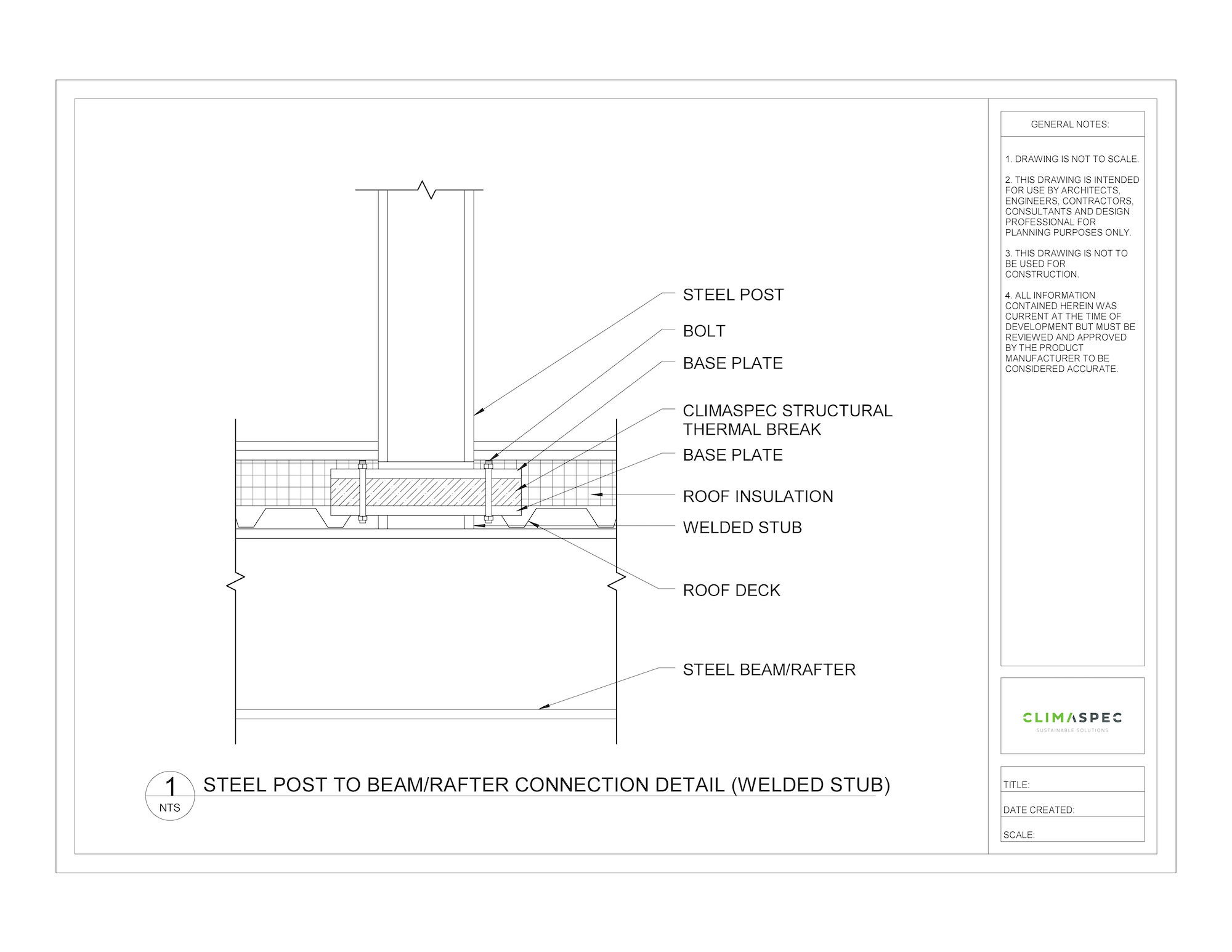
Table of Contents
- The National Energy Code of Canada for Buildings (NECB)
- Understanding Thermal Bridging
- The NECB and Thermal Bridging
- Benefits and Implications
- Higher Standard Energy Codes
The National Energy Code of Canada for Buildings (NECB)
In the ongoing global effort to create more sustainable and energy-efficient structures, the role of building codes cannot be overstated. Recently, many countries have recognized the need to address thermal bridging, a key factor contributing to energy loss in buildings. The National Energy Code of Canada for Buildings (NECB) has identified the challenge of mitigating thermal bridging, promoting energy-conscious construction practices.
Understanding Thermal Bridging
Thermal bridging occurs when materials with a high thermal conductivity create a pathway for heat to flow through a building envelope, bypassing insulation. This often happens at structural connections, such as wall-to-roof junctions, balconies, column bases, and roof penetrations. Traditional construction materials such as concrete and steel conduct heat, making them significant contributors to thermal bridging.
The NECB and Thermal Bridging
The National Energy Code of Canada for Buildings, designed to set minimum standards for energy efficiency in construction, has placed a significant emphasis on addressing thermal bridging. Here’s how the NECB tackles this challenge:
Thermal Performance Requirements: The NECB has established more stringent requirements for the overall thermal performance of buildings. This includes specifying maximum allowable heat loss through the building envelope. By setting higher standards, the code encourages the use of materials and designs that minimize thermal bridging.
Thermal Bridging Factors: The NECB incorporates thermal bridging factors into calculations. These factors account for the impact of thermal bridging at various building components, such as balconies, overhangs, and column bases. By quantifying the heat loss associated with these specific areas, the code prompts designers and builders to address thermal bridging in their projects.
Performance-Based Approach: Unlike previous codes that focused primarily on prescriptive measures, the NECB adopts a performance-based approach. This allows for greater flexibility in meeting energy efficiency requirements. Designers and builders can use innovative materials and construction methods, provided they can demonstrate compliance with the overall energy performance goals, including addressing thermal bridging.
Building Envelope Commissioning: The NECB introduces the concept of building envelope commissioning. This involves a systematic process to verify that the building envelope, including areas prone to thermal bridging, performs according to the design intent. This proactive approach ensures that thermal performance is considered from the early stages of design through construction.
Encouragement of Structural Thermal Breaks: Recognizing the importance of structural thermal breaks, the NECB encourages their use in building design. This includes specifying requirements for thermal breaks at thermal bridging locatios. By explicitly addressing these areas in the code, the NECB promotes the adoption of best practices to minimize heat transfer.
Benefits and Implications
The NECB’s focus on thermal bridging has outspread benefits. Not only does it contribute to a reduction in energy consumption and greenhouse gas emissions, but it also promotes a culture of innovation within the construction industry. Designers and builders are now incentivized to explore new materials and construction techniques that go beyond traditional approaches, leading to a more resilient and sustainable built environment.
Higher Standard Energy Codes
As the new National Energy Code of Canada for Buildings continues to revise and guide more sustainable construction practices, its emphasis on mitigating thermal bridging marks a significant stride toward a more energy-efficient future. By setting higher standards, introducing thermal bridging factors, and encouraging the use of structural thermal breaks, the NECB is instrumental in shaping a construction landscape that aligns with global sustainability goals.
See how structural thermal breaks can minimize thermal bridging at different applications.


